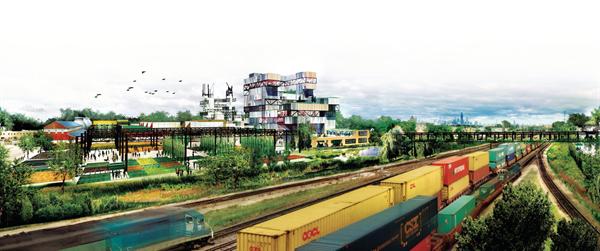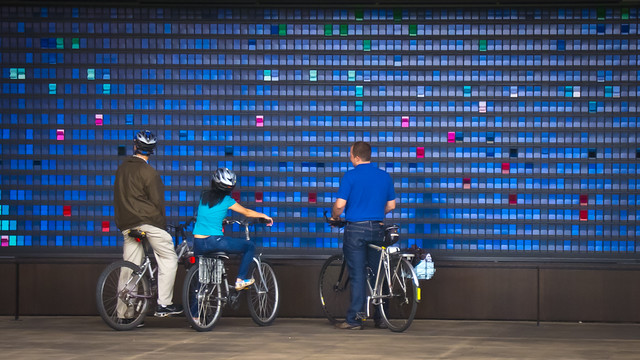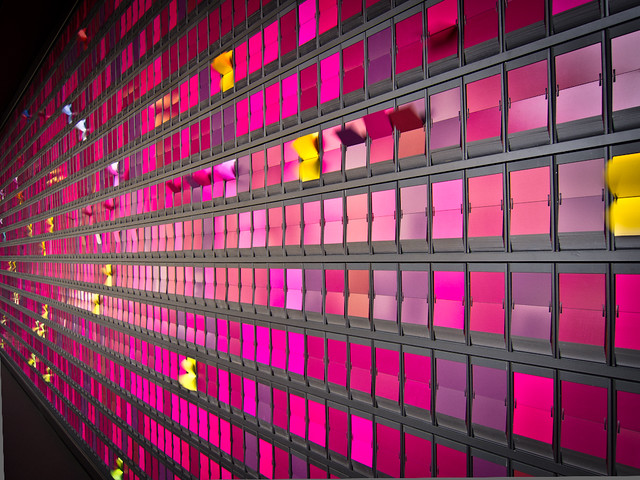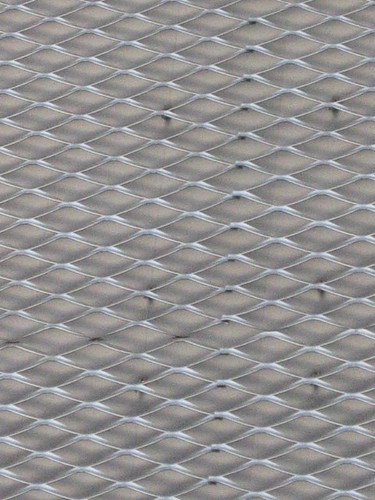Reality Check: Developers React to MoMA’s Show, “Foreclosed: Rehousing the American Dream”:
But during a panel on March 8 at the museum sponsored by the Forum for Urban Design, two developers, an architecture professor, and a real estate lawyer reacted soberly to the adventurous and optimistic schemes. Though the panelists agreed that the foreclosure crisis will lead to major changes in suburban development, they all thought new patterns are less likely to be brought about by a revised American dream than by economic and demographic factors. And all said it would be very difficult to change zoning laws to permit denser new development patterns, especially in existing “inner-ring” suburbs.
Financing suburban architecture:
My main beef with the show is that it’s far too utopian and impractical. That’s par for the course when it comes to museum architecture shows, but I was hoping for more realistic proposals in this particular case, just because the foreclosure crisis is so real and urgent.
Dream Deferred: The Museum of Modern Art’s “Foreclosed” exhibit is long on art and short on reality.
Any honest attempt to fix the suburbs has to start with facing up to why so many Americans live in the suburbs in the first place, and who those Americans are. Suburban families are bigger than urban families; they like their space; and they like living in places where they’re a good distance from their neighbors and a long way indeed from people of other social classes.








